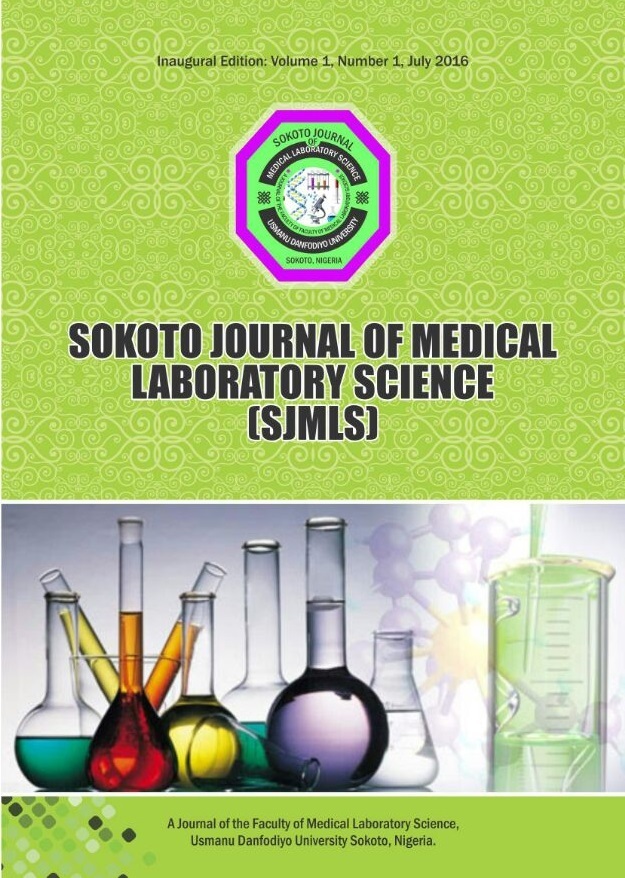Proportional Derangement in Iron Parameters of Sickle Cell Anaemia Subjects in Calabar Nigeria
Keywords:
Sickle cell anaemia, haemoglobin, serum iron, ferritinAbstract
Maintaining iron balance is critical in the management of sickle cell anaemia (SCA). However, iron parameters are not routinely assessed for patients in resource-poor settings. This study assessed iron parameters of SCA subjects in Calabar with a view to determining the proportions of subjects with iron derangements. This study was carried out among consenting steady-state SCA subjects attending the clinic at University of Calabar Teaching Hospital Calabar, Nigeria. Adult male and female sickle cell anaemia subjects aged 18-35 years were consecutively enrolled in the study. Haemoglobin concentration and haematocrit were analyzed by automation. Serum iron and total iron-binding capacity were analyzed by standard colorimetric methods while serum ferritin was assayed by enzyme-linked immunosorbent assay technique. Statistical analysis was performed using Student’s t-test and the level of significance was set at p≤0.05. The haemoglobin concentration, haematocrit and serum iron levels were found to be significantly low whereas serum ferritin and total iron- binding capacity levels were observed to be significantly higher among SCA subjects compared to subjects with normal adult haemoglobin. Anaemia was present among all SCA subjects. High proportions of reduced serum iron and elevated serum ferritin were also observed among these subjects. Among steady state SCA subjects who had not received
blood transfusion within the preceding one year, more than 80% of them had regular routine access to conventional healthcare. Anaemia was present among all the enrolled SCA subjects, while reduced serum iron and elevated serum ferritin proportions were observed.




